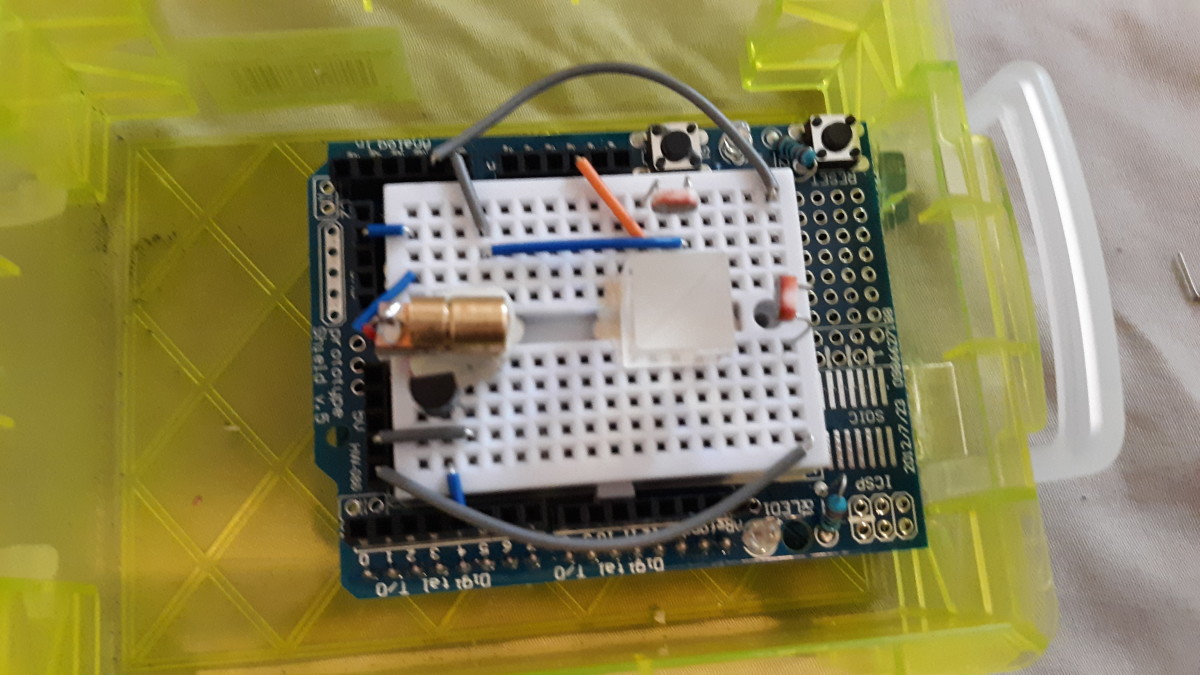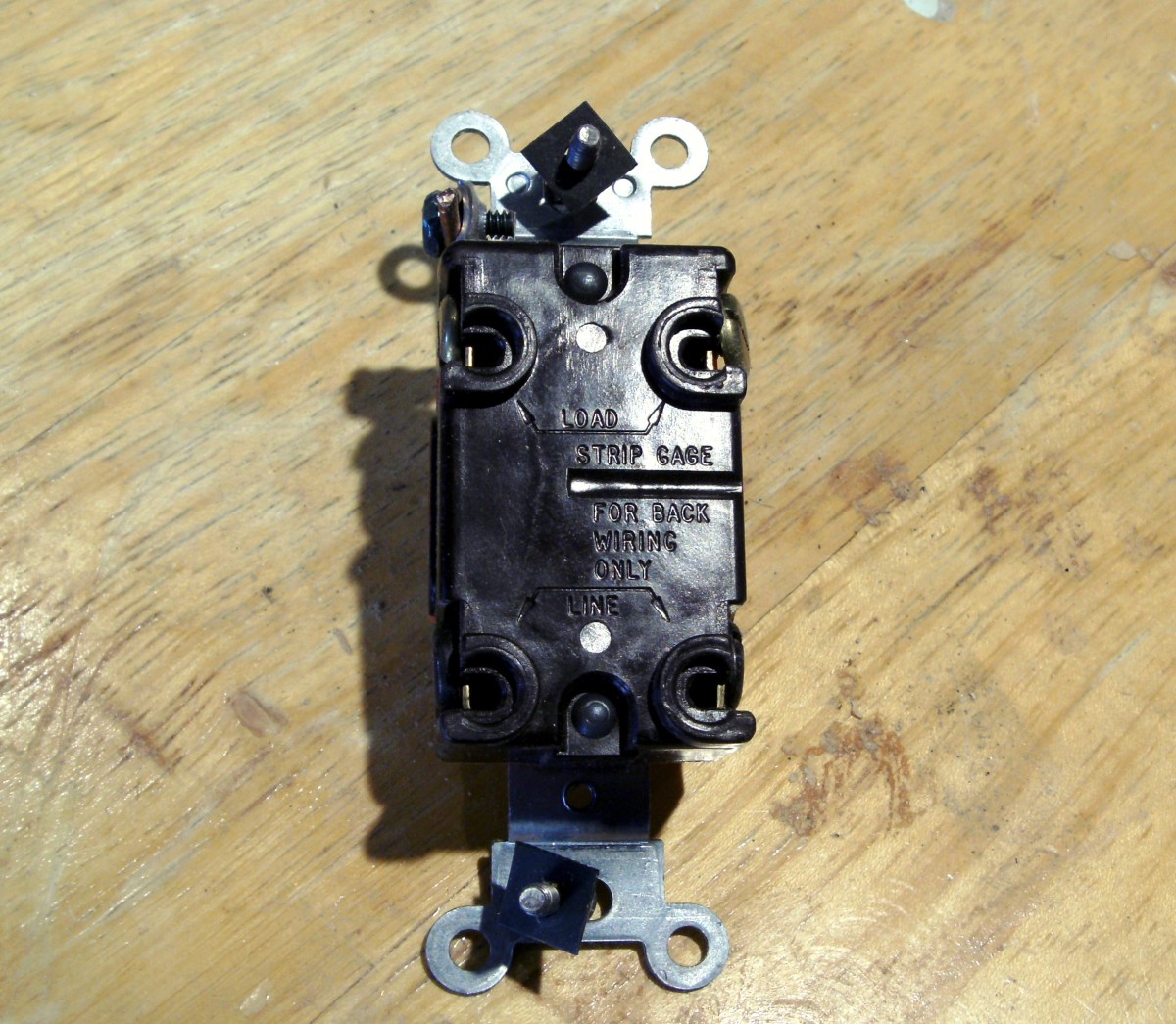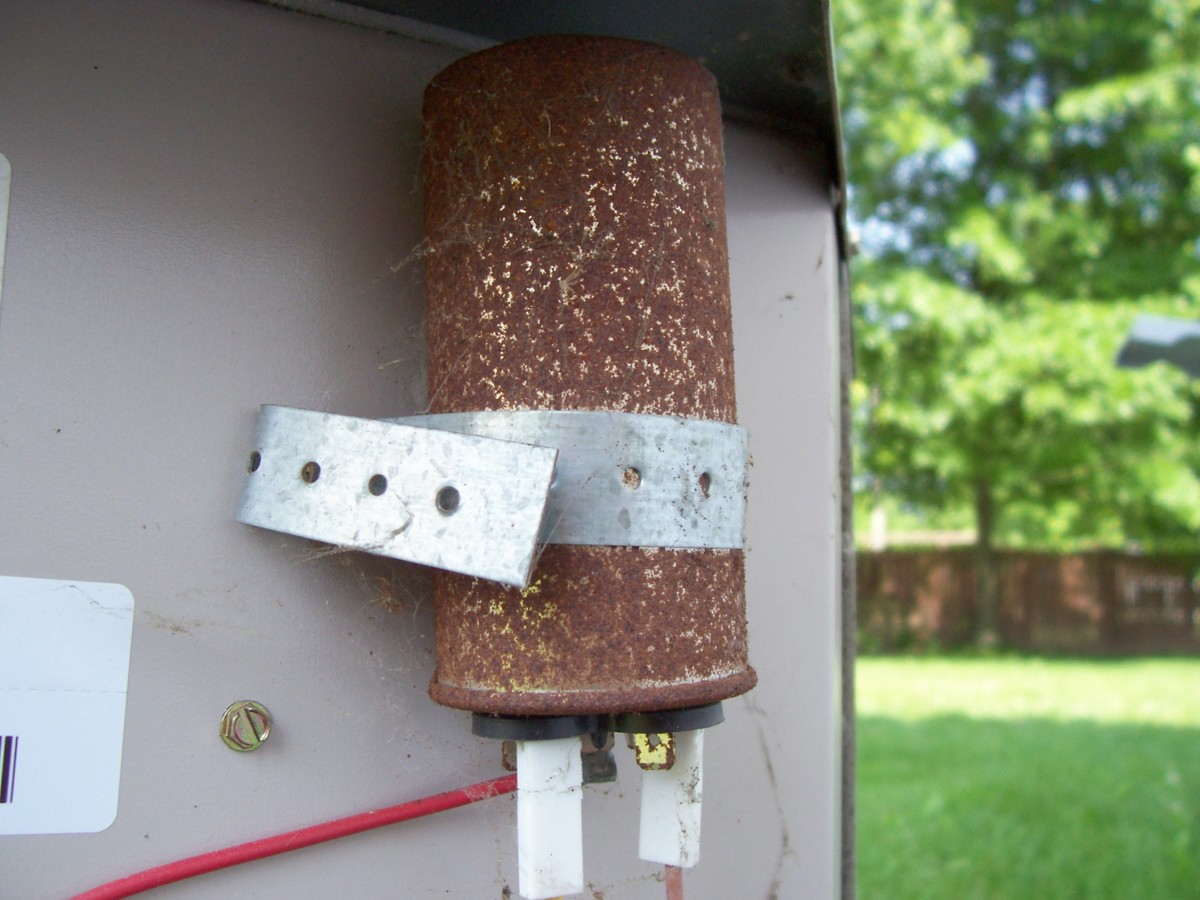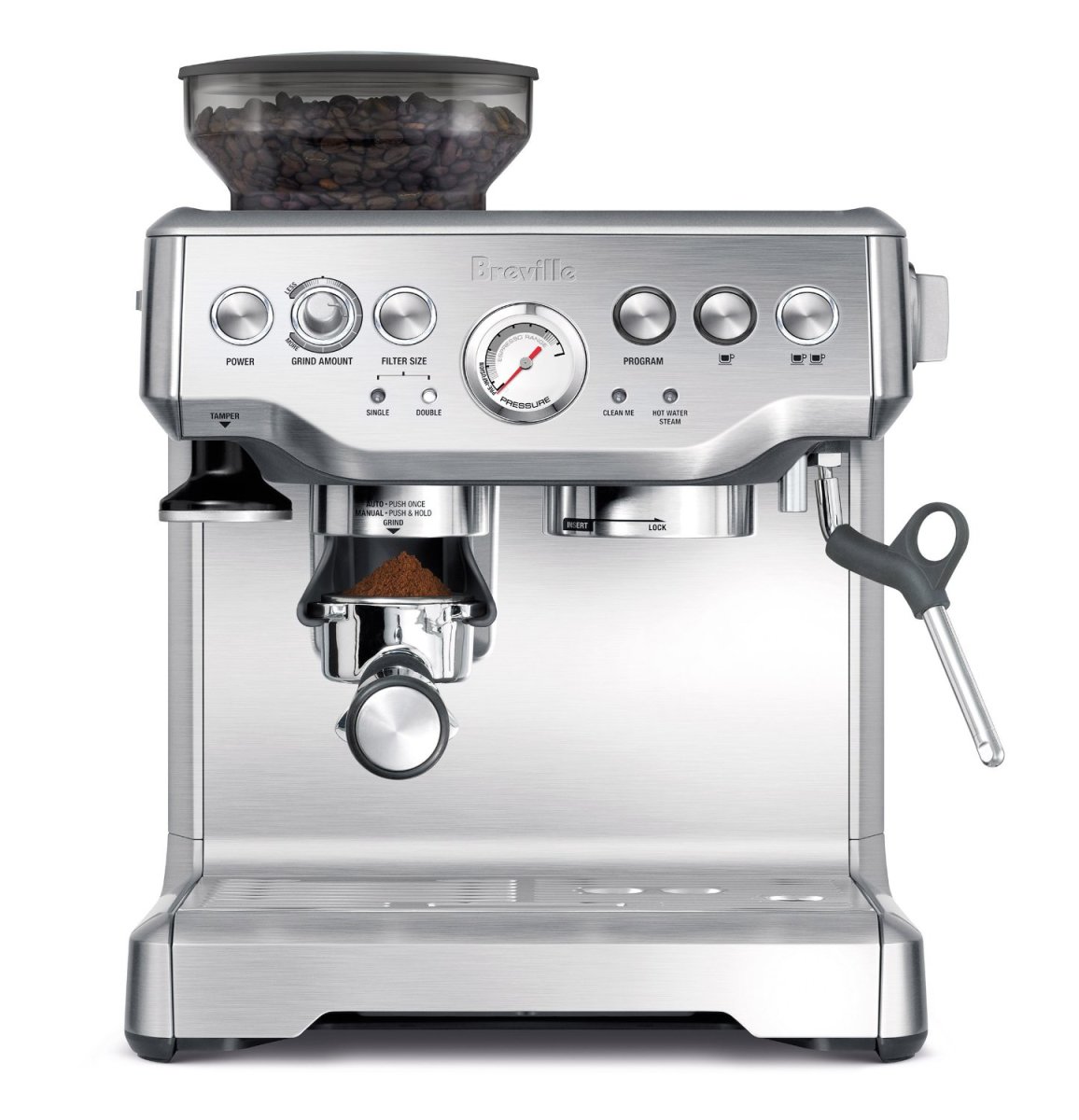Do you know when an electrical circuit in your home is overloaded? It happens more often than you would think.

Many homes, even the newest have potentially overloaded electrical circuits.
We often hear don’t overload your electrical circuits because it could cause a fire. However, beyond that warning there is very little consumer information readily available to help the consumer understand how to determine if a circuit is overloaded. The information on the net is written as if you have to be an electrical engineer to understand how to calculate electrical loads.
People often think overloading only occurs in older homes with inadequate wiring. The reality is newer homes built from the late 1980s and currently may be even more vulnerable as the price of copper has forced builders to use smaller sized wire for most living areas of a home, all within the “Electrical Code”. As a homeowner or renter the electrical plugs in your home or apartment may all look the same, but they are not. Understanding how to determine the safe limits of using those electrical plugs will help save a potential serious situation or disaster from occurring, especially during the winter months and the Holidays.
Homes and apartments will have several circuits running to various parts of the structure. Those circuits use wiring to carry electricity based on the average activity expected to occur in different parts of the structure.
The size of the wiring used and the distance it runs through the structure all determines the load level the circuit will safely handle. One might think the larger number on the electric wiring means it will carry more amperage. To the contrary as the number on the wire increases, the smaller the wire size becomes and the less amperage it will carry. For an example the # 10 wire pictured on the right is used to handle up to 30 Amps, primarily used on a dedicated circuit going directly to an appliance like an electric dryer or electric range top. Even larger wire is used to make a dedicated 50 Amp circuits to electric ovens, A/C units and so forth.
As a consumer you will want to pay particular attention to the wiring and circuits running to the electrical plugs throughout the structure and how your family is using them. Electrical plugs will either use # 14 wires to provide circuits up to 15 Amps pictured on the left or number #12 wires pictured in the middle to provide circuits up to 20 Amps.
Because of the cost of copper, in newer homes built in the late 80s to current #12 wire for a 20 Amp circuit is commonly only used for areas of the structure where heavy appliances and other electrical equipment usage is expected. These areas consist of the kitchen, utility, rooms, blowers for gas furnaces and etc. The kitchen alone will have several 20 Amp circuits to handle the potential of multi functions and electrical appliances occurring at one time, like during the Holidays.
Many homes built in the 60s and into the 80s used #12 copper wires throughout for electrical plugs, #14 wires if used in these earlier years would be in the lighting circuits. As copper became more expensive electrical codes allowed the #14- 15 Amp wire to be used in rooms in the home not anticipated to have heavy load usage, such as TVs, radios and reading lamps.
This means in the newer homes electric plugs in living rooms, family rooms, and bedrooms are probably only designed to carry 15 Amps. Then this does not mean each plug in those rooms can safely carry 15 Amps individually as electric plugs are run off circuits. One circuit may go to all the electrical plugs in one room, or carry into another room where electrical plugs are back to back. Bedrooms adjacent to each other may have just one 15 Amp circuit, meaning plugging in two appliances with 1500 Watt consumption will be an overload to that one circuit.
As the economy continues to decline and as utility cost increase consumers are looking for ways to control their utility bills. Many utilize individual space heaters to heat just the room or area in use. These heaters even though UL approved should not be used in sleeping areas because they can tip over and or ignite combustibles around them, but the Wattage they pull will also just be under the 15 Amp circuit capacity. Adding other items not anticipated in a bedroom such as treadmills, heated beds, home health equipment, etc. can quickly overload the circuit when all the electric devices are added together. Window A/C units can also max out a 15 amp circuit. If auxiliary heating or cooling is desired, a qualified electrician should be retained to run a dedicated circuit to the A/C or wall mounted heater designed to be used as a primary heat source.
The discussion above is to provide a basic understanding of how electrical wiring is distributed through the structure, you will not be able to see the actual size of wiring, so your next indicator will be to look into the circuit breaker box and note the size of breaker being used to feed circuits throughout the structure. Electricians are not always very good at labeling the breaker panel as to exactly what circuit feeds each electrical plug. To determine what goes where you may need to turn one breaker off at a time and walk through with a lamp or hair dryer and log the electrical plugs on each breaker.
If you are having a breaker trip, it is a good indication the circuit is being overloaded. It should be investigated immediately to see what is all on the circuit, if not it should be left off until a qualified electrician can be consulted to see if there may be a short circuit problem in the wiring beyond what is just being plugged in.
Every electrical product with the exception of lamps will come with an ID tag on the equipment or label on the cord to show either the Amperage or Wattage the product will require. This will be noted as the maximum power required for initial startup on those items using an electric motor or a compressor on a refrigerator or window A/C. The consumer controls the wattage used in lamps by the bulbs they select. Lamps will have the maximum designed wattage to keep the lamp from overheating, but it does not consider the lamp size based on the electrical circuit needs. The label will show W, watts, wattage, A, Amps, or Amperage. On small electronics you will see the initials mA or Mili amp this is 1/1000 of a full Amp which is insignificant in calculating overloaded circuits.
Consumers also become confused with Watts verses Amps. To quickly convert Watts into Amps, divide the listed wattage by the available volts. Electrical grids will produce somewhere between 115 to 120 volts. For simplistic math use the lower 115 volts to roughly calculate the Amps, so a 1500 Watt electric space heater 1500/115= 13 Amps, a 60 Watt Bulb 60/115=.52 Amps or a 1875 Watt hairdryer 1875/115=16 Amps and so forth. Hence, this is why most small electrical appliance such as vacuum cleaners, space heaters and hair dryers will stay at or under 1800 Watts just staying under the 15 Amp capacities. It is left to the consumer to figure out how many of these can be used at one time on an individual circuit. Items such as a hair dryer are used only for a few seconds and being over 1 Amp is not considered significant, unless the circuit is overloaded with other electric items such as the space heater, or maybe even a treadmill?
These calculations are not meant to provide an exact science to calculate to the edge of an electrical circuit capacity. The calculations are merely being provided as a snapshot so that a consumer can roughly calculate the amount of amperage being used at one time on a circuit and to determine if the circuit may be overloaded. A qualified electrician should always be consulted to determine the exact voltage coming into the structure, along with other factors, such as voltage drop over long runs from the electrical distribution panel and etc.
As the Holidays approach and the neighborhood competition increases on who can have the most Christmas lights, the potential of overloading a circuit greatly increases. TV commercials and shows during the holidays seem to indicate a person can run miles of Christmas lights off one single electrical plug. The same goes to the interior as Christmas trees become taller and more condensed with lights, the Wattage and Amperage requirements increase. Most strings of Christmas lights will display the amperage required on each string. The consumer can add the amps up and determine the load requirements. Most Christmas trees are plugged into living rooms or family rooms where only a 15 Amp circuit may be available. Then add the big screen TV, lamps and other items on the circuit such as a space heater and overload conditions can quickly occur. Most large screen TVs only consume up to 2.5 Amps, but consider all the other electrical equipment used around the TV added together to understand what is left available on the circuit.
Since the 1970S all exterior electrical plugs are all required to operate through a Ground Fault Interrupter Protector (GFI) this is required to protect you from electrocution if you should come in contact with a bare wire or an appliance that has become grounded to the frame. A GFI circuit is also required in bathrooms, the garage and other locations where an electrical plug is just a few inches from a sink or water supply. The problem is a GFI breaker or one built into an electrical plug is much more expensive for a builder to supply. It is not uncommon for a builder to install only one GFI breaker to control all the required plugs to be protected in the bathrooms, utility room, garage and outdoor plugs.
Many of the GFI breakers installed will also only be 15 Amps, so if you have exterior electrical plugs on each end of the house they may all be on the same 15 Amp breaker or plug. In addition add the freezer in the garage pulling 4-6 Amps, your available circuit for exterior Christmas lights becomes limited quickly. If Christmas is your passion, consider having a qualified electrician install dedicated electrical plugs in the soffits and other areas where you want to use Christmas lights. This will allow you to get rid of all the extension cords, plus the electrical outlets can be placed on timers. Expensive, yes but consider over the years and the safety of your family.
Christmas lights, unless designed for year round commercial applications, are expected to be used only on a temporary basis. They are not designed to stay up year round as the heat and UV rays from the sun will quickly deteriorate the plastic coating surrounding the wire, leaving exposed bare wires.
Amperage and the size of wire in electrical extension cords also apply. Some of the wires will only have size #16, or #18. Meaning they are only designed to carry 10 Amps or less. Try to use the shortest length possible as voltage drop occurs even on a 25’ extension cord. But don’t expect to run out a 100’ of extension cord and run string after string of Christmas lights.
The same applies on the inside, small amperage rated extension cords running under wrapped packages to a large Christmas tree with multiple sets of lights is a disaster waiting to happen. Electrical cords should never be run under carpeting either, especially where people will be walking over and stepping on the cords.
Inspect all Christmas lights and extension cords closely, items stored in hot attics will deteriorate over the years and become cracked and brittle leaving exposed wires to short out against each other. Frequently check the cords running to the electrical plugs after several minutes of use to feel if they are becoming hot, this is another indicator the cord is being overloaded.
The size of the wires will always be stamped into the outside of the extension cord. Manufactures, especially the imported cords try to trick the consumer in thinking they are buying a heavy duty cord by adding more plastic, making it look larger.
Be consumer aware and make it a safe home for your family.








